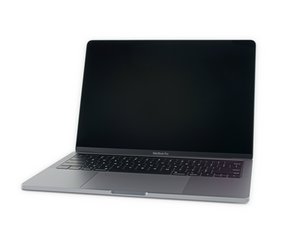Computer only turns on when plugged in after battery disconnect
Greetings, I don't know if this is standard or an issue with my computer, but whenever I disconnect the battery power connector (I did this when replacing the battery, replacing the speakers, replacing the USB-C Connectors), after I reassemble, reconnect the battery power connecter and the ZIF connector for the battery data cable, it won't turn on. I know I had autoboot shut down, I used terminal and put in the AutoBoot=%00, so it won't turn on automatically. However, when i press the power button, hold it down, etcetera, nothing happens. It will only turn on the first time when I connect the power brick to the computer. Then it will turn on, no problem, and after that initial turn on, when I reset the auto boot, it turns on as it should, or if I physically touch the button. Is this normal or do I have an issue with my machine?
For the diagnostics: My computer was at 85% battery capacity. The battery condition is 'Normal' and when working, the computer is on a silicone work mat, and I am tethered to a ground strap going to the ground system in my house. All of my screw drivers and tools have been demagnitized and I check before using them.
Thanks for your help, everyone!
Bu iyi bir soru mu?

 1
1 
 338
338  974
974